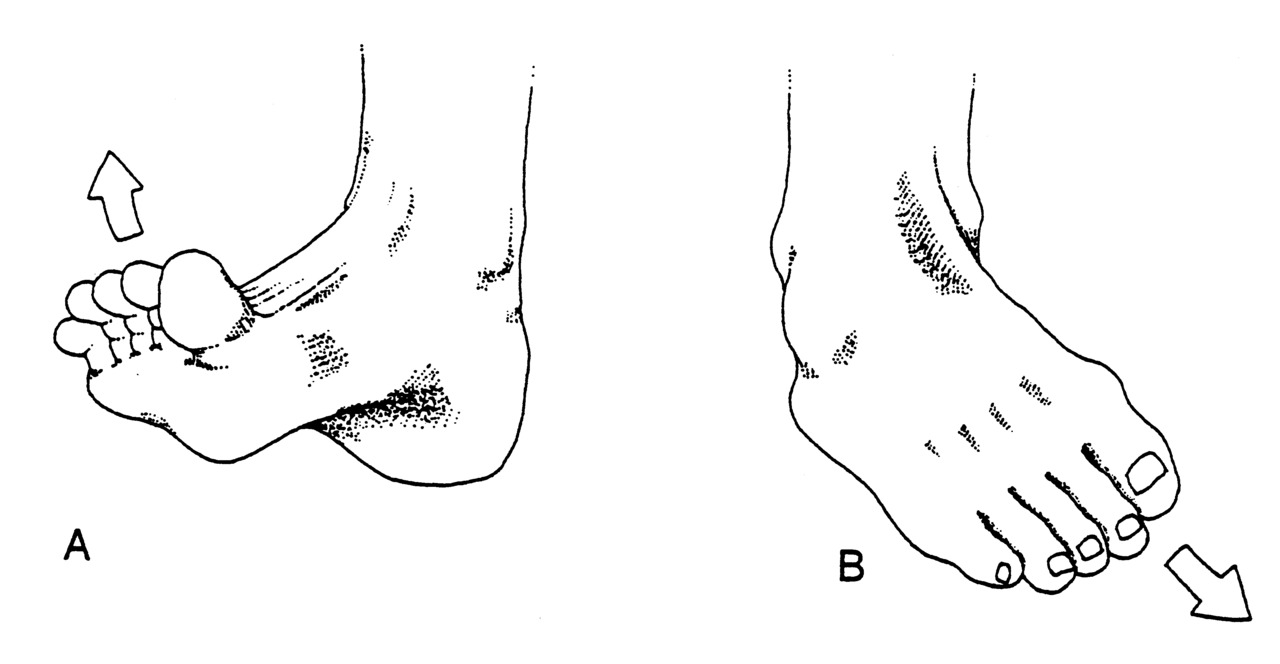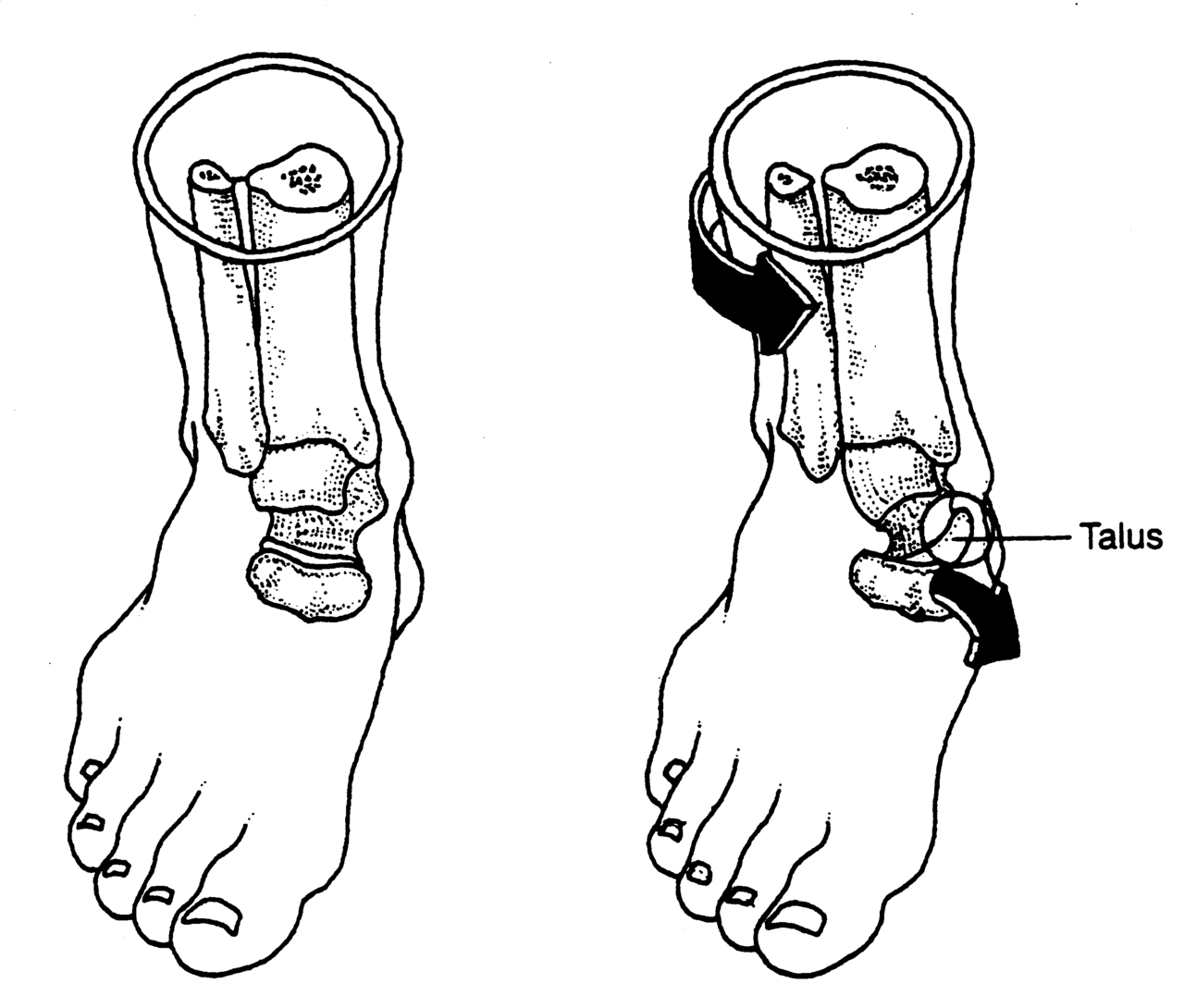A foot bump. What might this be, and mean?
/A foot bump.
We see this kind of thing all the time. This is a fixed pes planus (flat foot). When we dorsiflex the big toe, the arch does not go up as you see in the photo. That is passive dorsiflexion, if the arch does not go up passively, there is no way you are actively going to achieve this. And, using an orthotic to "attempt" to raise this arch is not only pointless, but it is futile and it will likely cause them pain. This arch does not rise, no matter how hard you put up into it. The bump, that is the navicular bone, and its associated arthritic build up at the adjacent joints, and likely soft tissue accomodation/hypertrophy. You can't needle, ultrasound, tape, adjust or rub this bump away, so stop wasting your and your patient's time selling them that wasteful thinking. It ain't gonna happen.
This is what happens when someone earns a collapsed longitidinal arch, the 1st metatarsal no longer plantarflexes (arch up) and it becomes fixed in dorsiflexion, thus affecting the mechanics at the proximal aspect of the 1st ray complex (navicular-cuneiform-met intervals).
Why? This happened because this client has significantly compromised ankle mortise dorsiflexion, and they chose to find it at the next joint complex distally, as mentioned above. So, they are finding pseudo-ankle rocker at arch collapse? Yes, we discuss this often, more pronation will advance the tibia forward. It is not desirable, but moving forward has to occur, and some people have no choice but to find it from excessive internal rotation and pronation of the limb. And this is what happens when it happens over years. Now the deformity is painful itself in the shoe, it is a new set of problems for this client.
Can this problem occur in reverse ? Yes, a loss of hallux dorsiflexion can afford the same end result.
We have a rule, at the very VERY least, check the joint above and below the area of problem/symptom. Often you will find another piece of the puzzle causing your client's pain.






















